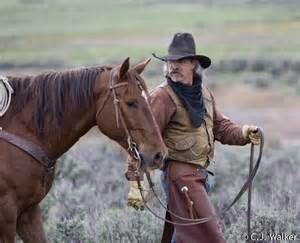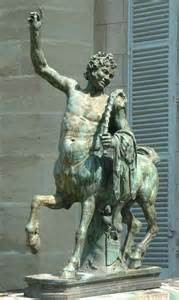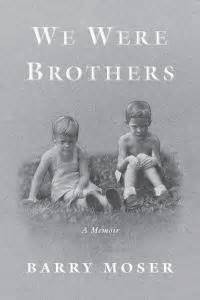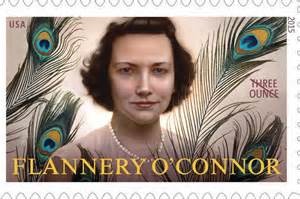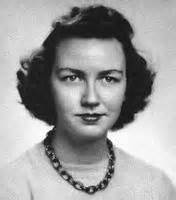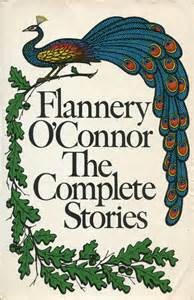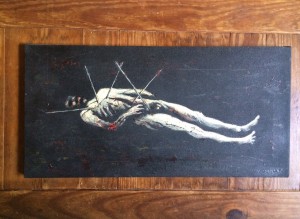
The prospect of a Greek tragedy set in the nineteenth century American West appealed to me at first, even if the play in question were Sophokles’ unpopular Women of Trachis. I’m a fan of both westerns and what Flannery O’Connor (referring to her own work) called “large and startling figures,” which also populate the plays of Fifth Century B.C. Athens, and I could well imagine how the essential elements of the dramas (caveat lector: I’m a long way from an expert) might be preserved, even if the circumstances and means of expression were transformed, spun, subverted.
The translation in question is Keyne Cheshire’s Murder at Jagged Rock (The Word Works, 2015), a rendition of the story of Herakles’ demise at the hands of his jealous wife, who actually intends to resurrect his passion for her with a garment charmed by the blood of the centaur Nessus, who wishes to have revenge on Herakles and, knowing his hydra-tainted transfusion is toxic, lies to the young Deianira and claims he’s doing her a favor. But before the fatal poncho episode, the story of Herk’s destruction of the town of Selgun (the translation’s full of word play like this) to grab the lovely Violet Fatts (no kidding) has to come out, followed by speculation, windy messengers, hand-wringing worry, righteous indignation and choral odes that aren’t quite yippie-yi-yo-ki-yay must unfold.
Meanwhile back at the ranch. I was disappointed by MaJR for several reasons, and it all began with the translator’s and editor’s prefaces. The form of the original configuration is pretty much retained, and the translation is pretty much line-by-line. But there’s also an unsettling literalness of vision in Cheshire’s project which is consigned to the category of “experiment” from Deanna’s opening speech. The tragedies of Sophokles’ era depend for their emotional impact upon a belief in the ritual of the goat song, or tragedy, which may have received its genre name from sacrifice or from the dedication of the theatrical mode to Dionysus, who tends to keep company with Pan, satyrs, other bucolic wine aficionados. It’s all a religious ritual, with appropriate ceremonial atmosphere (spectacle of dance, music, costume, scene), and since that element won’t translate effectively to a western vehicle, I think the attempt to follow the form is a mistake. Better to let the original text cast a strong and guiding shadow over a carefully told and vaguely similar story, wrought with bold originality. But that wouldn’t have actually been a “translation,” so I think the original miscalculation really limits the enterprise, or my eccentric appetite limits my willingness to suspend belief.
But a translation that’s an exercise in superimposing one culture over another is not necessarily a mistake. I think the other source of my objection, however, is more serious. Both editor and translator claim this version takes place in “the Wild West.” Trouble is, there’s no such place. There’s the Sedalia Trail and Abilene, Santa Fe and Denver, the Missouri Breaks and the Badlands. There’s even Medicine Bow (“When you call me that, smile!”) And there’s the 1840’s, 1870’s, 1890’s, or more to the point: just east of Durango in the fall of 1877. And the people who live in these places and these times speak – according to their class, ethnicity, education, age, profession, gender and so on – in specific and identifiable ways. When fictional or historical versions of them appear on the page, the degree to which they echo that speech plays an important role in both authenticity and a unity Aristotle doesn’t give much ink to.
In her editor’s introduction, Barbara Greenberg says that the characters of Murder at Jagged Rock speak “stylized cowboy lingo,” but anyone who’s read newspapers and letters from the nineteenth century has to be a little puzzled by this term. What we get on the page is, in fact, closer to what the script writers for Buffalo Bill’s Wild West Show would have contrived for ticket-buying eastern and European dudes, a language which ignores the entire notion of dialect – vocabulary, metaphors, syntax, inflection, rhythm – and substitutes for it grammatical errors, phonetic spellings of hickish pronunciation, the whole arsenal of homogenized errors meant to establish authentic ignorance, or draw a guffaw. The result here is closer to SNL than Roughing It or even an episode of Rawhide from the Sixties.

Why does this matter to me, given the Jamesian rule of the “given”? The story of Deianira’s apprehension and suffering and Herakles’s folly and destruction is serious, though not without room for some mischief. Any story unfolding through Cheshire’s vaudevillian “stylized cowboy lingo” is going to elicit less empathy (and catharsis) than amusement and irritation. The translation has been performed, and the translator writes “the crowd was soon swept up in the story.” I won’t question his word, but I suspect that the dramatic trappings of live theater, a home crowd and a string band made crucial contributions. And to give him credit, Cheshire admits that “the Wild West has its hokey side,” but Jagged Rock has far more hoke than grit, spit, sweat, dust, hash and real slang.
But I’ve gotten to this point on thin ice, without citing examples of the troubling passages, which abound. In fact, the problem is compounded when a single speech by one character features language which has the force and dignity we associate with Sophokles, accompanied by the stylized palaver. In one choral ode the Girls of Jagged Rock say, with poignancy and antique gravity, “Broken, she sees only hell,” but on the next page offer, “We’s a-telling you,/ that ain’t the thing to do.”
It’s not impossible to swallow a slave or stranger saying, “You ain’t heard the truth of none of what you ought to./Now I – I’s got full knowledge of it all, I does!” However, when the wife (based on a queen in the original) of the hero says, “I won’t be pilin’ no more/ trouble top the pain she’s got already. Reckon/ she’s had enough,” it does stick in my craw.
The play contains some attempts at period diction, as when the chorus chants that “Aphrodite played the empire,” but even that seems off key to me.
If my objections seem unduly harsh, the source is my love for the music and poetry of the many strands of vernacular available for writers to explore. I also appreciate a writer’s willingness to do research in linguistic matters and to employ with some consistency and craft the levels of diction and range of trope he chooses. Not that I want Sut Lovingood’s speech, which is twisted as sweetgum grain and attempts to duplicate non-standard pronunciation, turns of phrase and butchered grammar until the reader stops laughing and cries for mercy. What I miss in MaJR is, rather, what Twain recommends, that the writer employ enough of the tongue of actual people to render on the page the impression of the dialect. A version of Women of Trachis that capitalized on an opportunity to convey ancient Greek sentiments in the argot of some genuine time and place in the West may have found in me an enthusiastic advocate. Jagged Rock, for all its admirable intentions, did not.

